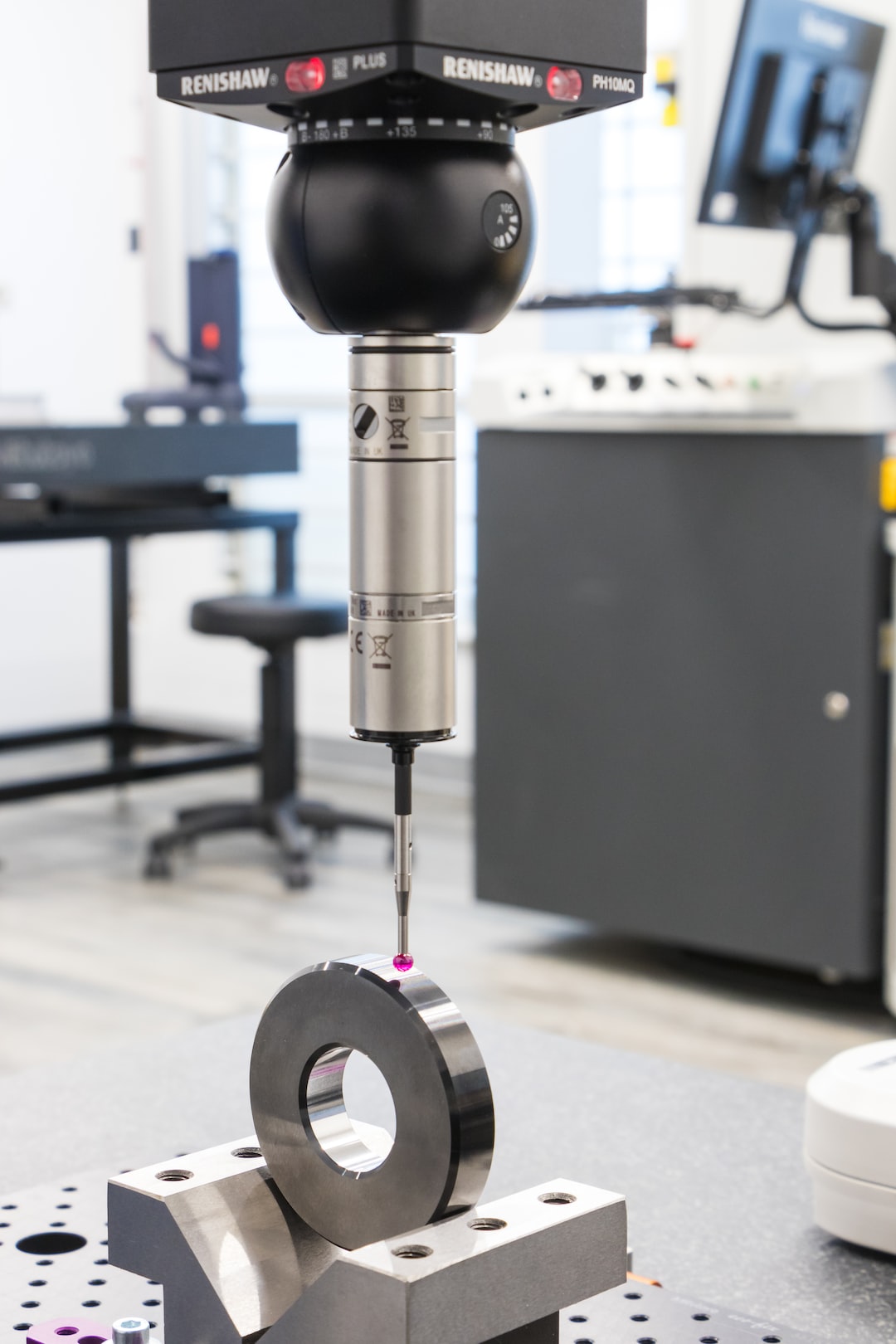Artificial intelligence (AI) is rapidly transforming various industries, and structural engineering is no exception. With its ability to analyze large amounts of data and make complex calculations, AI has revolutionized the way structural engineers design and analyze buildings, bridges, and other infrastructures. In this blog post, we will explore the various applications of AI in structural engineering and discuss how it has improved efficiency, accuracy, and safety in the field.
One of the primary uses of AI in structural engineering is in the design process. Traditionally, engineers used manual calculations to design structures, a time-consuming and error-prone task. However, AI algorithms can now automate the design process by optimizing the structural layout and configuration based on specified parameters such as load requirements, material strength, and cost constraints. By analyzing large datasets, AI can generate multiple design options and select the most efficient and cost-effective one. This significantly reduces the time and effort needed for design iterations, enabling engineers to focus on more critical tasks.
AI is also improving the accuracy of structural analysis. Structural engineers are often faced with complex analysis problems that require extensive computational resources and expertise. AI algorithms can now assist in performing these analyses by quickly processing massive amounts of data and identifying potential design flaws or vulnerabilities. By using machine learning techniques, AI can also learn from previous project data and provide more accurate predictions and insights for future projects.
Another significant application of AI in structural engineering lies in the area of predictive maintenance. Monitoring the structural health of existing structures is crucial for ensuring their long-term safety and preventing catastrophic failures. AI-based systems can collect real-time sensor data from structures and analyze it to detect signs of deterioration or damage. By continuously monitoring factors such as vibration, strain, and temperature, AI algorithms can identify potential structural problems before they escalate, allowing for proactive maintenance and avoiding costly repairs.
Furthermore, AI has the potential to revolutionize construction site safety. By utilizing AI-powered image recognition and computer vision technologies, it is now possible to monitor and analyze construction sites for potential safety hazards. AI algorithms can detect unsafe working conditions, such as workers not wearing protective gear or improper equipment usage. By alerting project managers and workers in real-time, AI can prevent accidents and improve overall safety standards.
In conclusion, the application of artificial intelligence in structural engineering has transformed the industry by improving efficiency, accuracy, and safety. From automating the design process to enhancing structural analysis and enabling predictive maintenance, AI has demonstrated its ability to revolutionize the field. As technology continues to advance, it is expected that AI will play an even more significant role in shaping the future of structural engineering, leading to more innovative and sustainable infrastructure solutions.
